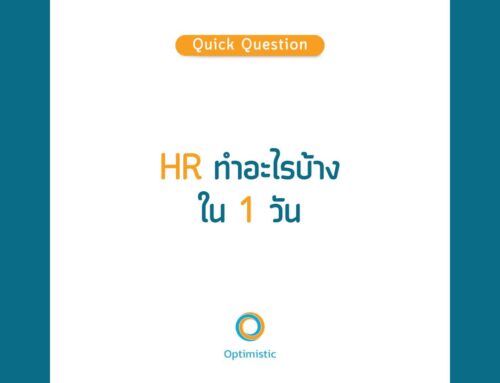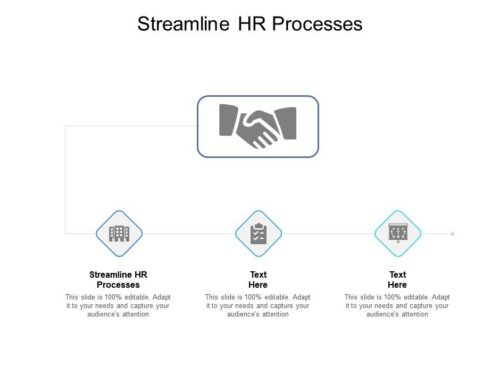Effectively managing employees is vital to the success of any organization. In today’s digital-first world, web applications have revolutionized employee management by offering tools that streamline operations, enhance communication, and increase productivity. Below is an in-depth look at the various advantages of using web applications for employee management, along with extended insights into their transformative potential.

1. Centralized Employee Information
One of the most significant benefits of using a web application is the consolidation of all employee data into a single, secure platform.
- Employee profiles, payroll records, attendance logs, and performance reviews are accessible in one place.
- This reduces the chances of data mismanagement and ensures that critical information is readily available for decision-making.
- For organizations with multiple branches or remote employees, centralized information ensures consistent record-keeping across all locations.
2. Real-Time Accessibility
Web applications are accessible from anywhere with an internet connection, providing real-time access to employee information.
- Managers can monitor attendance, task progress, and performance metrics without being physically present in the office.
- Remote and hybrid teams benefit significantly from this feature, as it fosters connectivity regardless of geographical barriers.
- Employees also gain access to self-service portals for updating personal information, applying for leave, or checking schedules, improving overall convenience.
3. Automation of Routine HR Processes
Web-based solutions simplify and automate repetitive HR tasks, such as:
- Payroll Processing: Automatically calculates salaries, taxes, and deductions, reducing errors.
- Attendance and Leave Management: Tracks employee attendance in real-time and automates leave approvals.
- Compliance Management: Ensures adherence to local labor laws by integrating compliance checks into workflows.
Automation eliminates manual work, minimizes errors, and frees up HR staff to focus on strategic tasks like talent acquisition and development.
4. Enhanced Communication and Collaboration
Modern web applications include integrated communication tools such as:
- Instant messaging for team discussions.
- Notifications and alerts for important updates or deadlines.
- Shared calendars to align schedules and plan projects.
These tools bridge communication gaps, foster teamwork, and create a collaborative environment essential for organizational success.
5. Advanced Analytics and Reporting
Web applications provide robust analytics tools to monitor employee performance and productivity.
- Generate detailed reports on attendance, project completion rates, and performance reviews.
- Use predictive analytics to identify trends, such as turnover rates or skills gaps, and proactively address issues.
- These insights enable organizations to make informed decisions that align with long-term strategic goals.
6. Improved Compliance and Risk Management
Staying compliant with labor laws and regulations is critical for avoiding fines and reputational damage.
- Web applications often include built-in compliance tools to track hours worked, overtime, and tax deductions.
- Secure storage of records ensures compliance audits are smooth and error-free.
- Automated notifications alert HR managers about policy updates or upcoming compliance deadlines.
7. Employee Engagement and Empowerment
Employee engagement is a cornerstone of a productive workforce. Web applications encourage engagement through:
- Self-Service Features: Employees can view payslips, request time off, and update personal details without needing HR intervention.
- Recognition Tools: Platforms often include features for recognizing employee achievements, boosting morale.
- Feedback Channels: Employees can provide real-time feedback, fostering a culture of continuous improvement.
Empowered employees are more satisfied, motivated, and likely to stay with the organization, reducing turnover costs.
8. Scalability for Growing Organizations
Web applications are designed to grow with your business. As your organization scales:
- Add new users or teams to the system effortlessly.
- Expand functionalities with additional modules, such as recruitment tools or advanced reporting.
- Cloud-based solutions ensure scalability without requiring significant investments in hardware or IT infrastructure.
This flexibility makes web applications suitable for businesses of all sizes, from startups to multinational corporations.
9. Enhanced Data Security
Data security is a top priority for organizations handling sensitive employee information. Web applications provide robust security measures, including:
- Data encryption to prevent unauthorized access.
- Role-based access controls to ensure only authorized personnel can view or edit specific information.
- Regular software updates and compliance with global data protection regulations, such as GDPR, to safeguard against breaches.
10. Cost-Effectiveness and Time Savings
Implementing a web application for employee management delivers a strong return on investment by:
- Reducing the need for physical infrastructure and paper-based systems.
- Minimizing errors and redundancies in payroll and record-keeping.
- Saving time for both HR teams and employees, allowing them to focus on higher-value tasks.
11. Remote Workforce Management
With the rise of remote work, web applications have become indispensable. They allow organizations to:
- Track the productivity of remote employees through task management features.
- Foster collaboration with integrated tools like video conferencing and shared workspaces.
- Provide training and resources through learning management systems (LMS) integrated into the platform.
12. Customization and Integration
Web applications are often customizable to suit the unique needs of an organization. For instance:
- Custom dashboards can be created to highlight KPIs relevant to specific roles.
- Integration with existing tools such as CRM or ERP systems ensures seamless workflows.
This adaptability ensures the platform aligns perfectly with organizational goals and processes.
Conclusion
Web applications for employee management provide a comprehensive solution for modern organizations. From centralizing data and automating processes to enhancing communication and ensuring compliance, these tools simplify and optimize HR functions. Moreover, the scalability and cost-effectiveness of web-based platforms make them an invaluable asset for businesses looking to thrive in today’s competitive environment.
By leveraging the full potential of web applications, companies can not only improve efficiency but also foster a more engaged, productive, and satisfied workforce, laying the foundation for sustained success.
Recommended other products
If you are interested in the productivity software of our Company, Fusionsol, you can check the following products.
Jarviz (Online Time Attendance Application)
Veracity (Digital Signature)
Cloud Account (Online Accounting)
Optimistic (Human Resource Management)
Fusion Solution Blogs
- The impact of CI/CD pipelines in software development
- How to use Microsoft Outlook offline
- Copilot + PCs Introduction
- Microsoft office release 2024
- Microsoft Copilot vs. Google Gemini: A Comprehensive Comparison
Related Articles
Share This Story
Search











